Estimated reading time: 16 minutes
Renewable Energy Diorama – Projects for Kids
So, Spane comes home and says that he has to make a diorama for his third-grade class to be shown at Open House. I’ve never made a diorama before, but I love crafts, and I’m very interested in renewable energy.
When I asked Spane what his diorama was going to be, he said a farm. His farm has corn, a house, a river, and a cherry tree. He’s actually right on target, there are a lot of things on his farm that can use or create renewable energy.
Part of the project was the diorama itself, the other was the research that I did for the project. I have included sources for my research in this post, so you can find more about it.
Update: Parents were treated to all the wonderful dioramas at Open House on Thursday, May 31, 2012. The children got to see other classrooms the next day, Friday, so the diorama had to be up for one more day. I got to do a little repair work at Open House as the kids had been spinning the windmill and touching the cherry tree. I quickly glued the “leaves” back on the tree, sadly only one of the “cherries” were left, I guess the rest got eaten! The good thing about this diorama is when Spane went to take it home, everything collapsed, he closed up the box, and put it in his backpack.
The Well
The first thing Spane did was make the well. He used clay that he rolled into a cylinder, then gave it to me. He also had a blue plastic bottle cap in his hand, and I took that and put it at the bottom of the cylinder. Voila! Instant water well.
Water wells1 use water from aquifers. An aquifer is an underground layer of water-bearing permeable rock or unconsolidated materials (gravel, sand, or silt) from which groundwater can be usefully extracted using a water well. Humans have been digging water wells for a very, very long time. The earliest wells are known from the Neolithic. In the submerged Pre-Pottery Neolithic B settlement of Atlit Yam in Israel, dated to 8100–7500 BC, a well has been found, which so far is the oldest known. Please see the article on Wikipedia on water wells. I drew a representation of the water table on the diorama box’s flap.
Water Reclamation
Part of the problem with water wells is they are sometimes abused. All the water is pumped out of the ground and is never returned. Then the water table gets lower, and the well has to be dug deeper. On Spane’s farm, there is a water reclamation pond that catches rainwater, to be returned to the well. That makes this well a renewable resource. I used the top of a medicine bottle and colored it with a blue crayon to represent the water.
Water Windmill
How do we get the water out of the well? We have a water windmill2. Wind powers the pump for the well.
Our windmill was made with dowels, foam, a push-pin, and hot glue. I cut out the foam and glued three of the pieces together. Originally, I was going to use six pieces, but the push-pin was not long enough.
To make the base of the well, I took a knife and whittled just a little off the top front of three of the dowels, so they could lay flat against the center dowel. Then I hot glued the three dowels to the center of the center dowel. You have to do them one at a time, and wait for each one to harden before doing the others. When all the dowels were in place, I stuck the push-pin into the top of the center dowel all the way, and I had a windmill, that even moves!
When I was working with Spane to finish the diorama, the cherry tree kept on listing, and I was going to put a tiny bit of leftover clay to stabilize it. Spane had given the little bit to his friend, so I had to cut some clay from the well. Then the well was too short, so I added a pump made from an old wine cork, and add florist wire to “move” it up and down. Now it looks real!
Cherry Tree
Spane and I really like sour cherries. We have them over our yogurt in the morning, I made Sour Cherry Fudge Cake for my birthday, and we even had them at Christmas in the sour cherry sauce that went with our goose. It was no wonder that Spane included a cherry tree in his diorama design sheet.
I was given an orchid for my birthday last year, and it was doing fine until I over-watered it. I liked it, so I saved it thinking I might have a use for it someday. Well, today was the day. I used the stem of the plant for the trunk and branches of the tree, and hot glued the florists’ moss as the leaves.
There was still the issue of the cherries. I was trying to think of something very small and red. Then I had an epiphany. I have a shaker with different kinds of ice cream toppings, including multi-colored jimmies. I poured some out in my hand and took out the red ones.
Adding cherries was quite the chore. First, the top of the white glue that I wanted to use was stuck, so it took about 20 minutes to rinse it under water and clean it out with a toothpick. Finally, I was ready. The jimmies are very small, so Spane had to hold the tree while I picked each one up and glued it on.
Honey
Since Spane wanted that cherry tree on his farm, I thought about what might also come from the tree except for cherries. Honey bees like the nectar that comes from the blossoms, so I made a beehive and one honey bee. I made the beehive from the same clay the well was made of and used pencil shavings for the frames. The bee was made from crafting foam, and I used black eyeliner to paint on the bee’s stripes. The bee is suspended from the top of the diorama with silver florists’ wire.
Medicinal Honey
People have been using honey6 for medical reasons since ancient times. Only recently has modern western medicine taken note. Because of its acidity, honey prevents the growth of many bacteria, some of which have become resistant to antibiotics, and honey is the only thing that will kill them.
Electricity from Osmosis
With most of the civilized world dependent on coal, oil, and nuclear power for electricity, wouldn’t it be great if there were something that wouldn’t pollute, and was virtually free? Well, there is – it’s called Osmotic3 power, and the power is generated through cells as river water and ocean water meet.
Osmosis: a refresher
To understand this new energy source, you’ll need to recall high school science lessons on osmosis: if two solutions are divided by a semi-permeable membrane, the less concentrated liquid will move into the more concentrated liquid until the two form an equilibrium. This is how plants draw water from the soil, and why potatoes shrink when they are boiled in salt water.
The estimate is this technology could power 520 million people. That’s a lot to think about.
To represent this in the diorama, I painted the back bottom of the box blue, then painted a scene on the back of the box. The ocean is behind the bridge, and the power plant is on the hill in the distance.
To represent the semi-permeable membrane, I used blue plastic diamonds that come on a strip in craft stores.
Grass
You know, you gotta love Martha Stewart. When I was looking for ideas for this diorama, I saw one for a stable on her site, and green scouring pads were used for the grass. Well, they’re cheap, and the ones at the dollar store are large. They are also good to stick things into because they are stiff. I used two layers because I wanted to pull the corn through so it would look like it was really growing.
Corn
One of my goals for this diorama was that things should look pretty realistic. Spane wanted to have corn on his farm. Corn is a grass, and there is a grass that everyone considers a weed, foxtails. Foxtails look like corn, and they grow all over the place, much to gardeners’ dislike. Spane got a garbage bag, and a pair of scissors and went down our street to cut some. Like all children, he didn’t see any reason to not swing the bag on the way home, so some of our “corn” got a little bent. No problem, I was only interested in the “ears” anyway, so bent stems didn’t make any difference. I used a toothpick to make holes in one of the layers of scouring pads, then pushed the stems through.
Corn and Renewable Energy
There are many things you can make out of corn besides butter-topped corn on the cob.
Corn Plastic
Corn can be used to make plastic4. Right now, most plastic is made from fossil fuel, but it can be made from corn, which also means that it can be put in a compost pile, and it will break down in about 90 days, much shorter than regular plastic, which never breaks down.
Corn Ethanol
Corn can make ethanol5, which can be mixed with gasoline to fuel cars. Some cars, which use diesel fuel can use just ethanol, or even just plain corn salad oil. I have a friend who was running out of gas, went to a friend’s restaurant, got some corn oil, put it in the tank, and drove home. He said his car smelled like a salad for a while.
We have ethanol represented in the diorama as well. The hot glue gun was leaking glue and left a big blob. I kept it, thinking I could use it for something. Then I found a small top of something (I think that’s what it is, who knows), put the hardened glue in it, and had a vat of ethanol for the diorama.
Solar Powered House
The sun can provide heat and electricity for homes7. There are some homes that use so little energy that the energy collected in the solar cells is sold back to the utility company.
For more information, please visit https://www.saveonenergy.com/green-energy/solar-energy-rundown/
Originally, I was going to use the conductor’s shed that came with Spane’s Thomas tracks that he got for Christmas, but the shed was too large. Then I asked Spane to make a house, and he started making one with bits of crafting foam and toothpicks. Then I asked Amber if she had any small houses, and she brought over a Barbie doll house that was the perfect size. Spane said, “Mom, we can’t use it. We can’t put solar panels on it, and, well, it’s pink!”
I took a look at what Spane had started and saw that he was right on target. Then to add stability, I wrapped foam around toothpicks for stability, and then put them together with transparent tape. I cut out some holes for windows, and put the tape behind them, making nice-looking glass. Then I took a large piece of green crafting foam the size of the house to make the roof and glued on blue foam to represent the solar cells. Scouring pad remnants were cut up and placed around the house as bushes, and two scouring pad pieces were stuck on top of toothpicks in the front of the house as trees. The house also has a white foam porch. I think all houses ought to have porches.
Solar Water Heater
Along with the solar-powered house, I knew Spane’s diorama had to have a solar water heater8 as well. These kinds of water heaters can be very cost-effective, the fuel they use is free. Often, they are accompanied by a conventional water heater, for rainy days.
I used an old medicine bottle that I wrapped up in foil as the solar water heater. I put some tape on it, and wrote JMWP on the side, John Muir Water and Power. The school’s tagline is “We’re Muiraculous!”, and lately, I’ve been putting Muiraculous as an easter egg on the artwork I’ve been doing for the PTA. I included it here as well.
Completed Diorama
Spane donated one side of his Thomas railroad track bridge, and his Thomas train that he got for Christmas. Trains use a lot less energy proportionately than any other kind of transportation. Both the train and the bridge are only on loan, Spane likes playing with those pieces.
The diorama was completed with a foam bee and foam bird suspended by florists’ wire. I put green wrapping paper on the sides and top of the box to cover its original purpose, and well, to make it Green.
Bibliography
1 Water well
2 How Water Windmills Work
3 A Jones For Osmosis: River Mouths Could Provide Energy For 500 Million People
4 What is Corn Plastic?
5 Ethanol Fuel
6 Honey (in medicine)
7 Solar Power
8 Solar Water Heaters
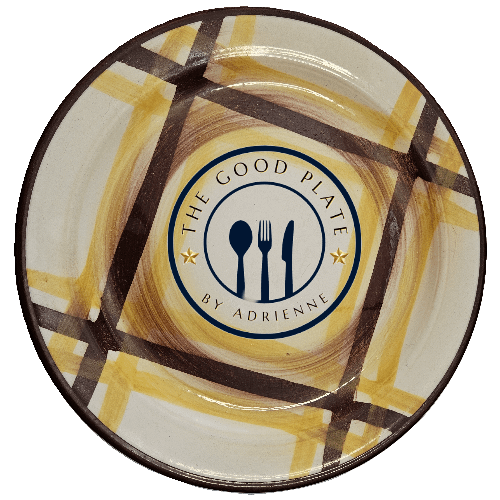
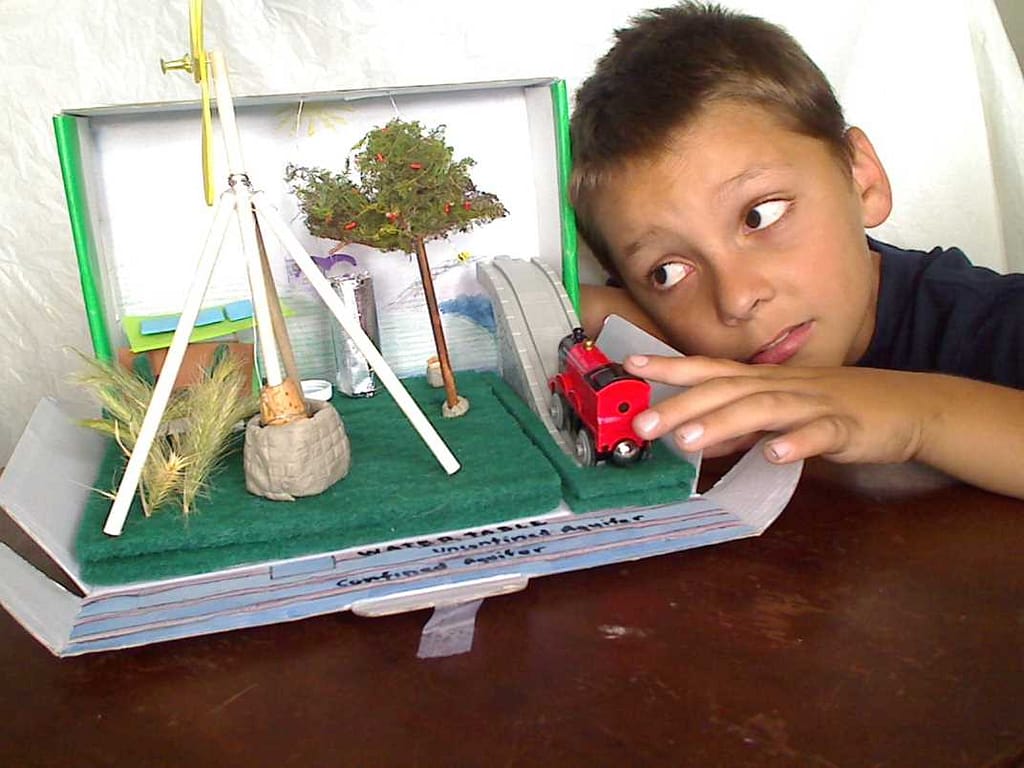

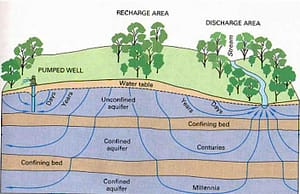
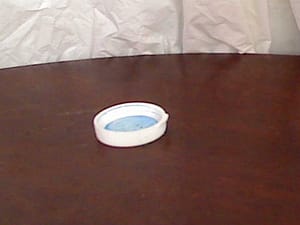
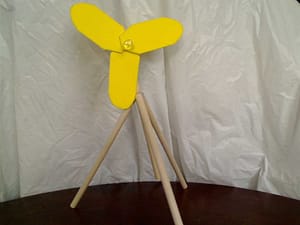
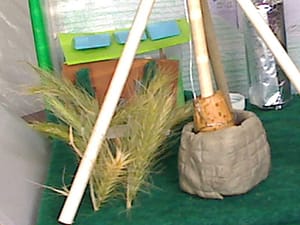
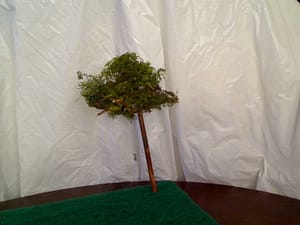
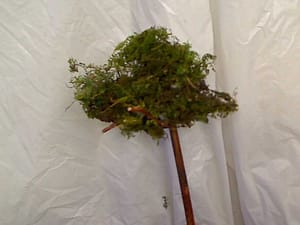
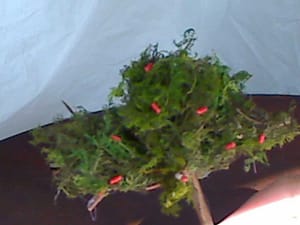
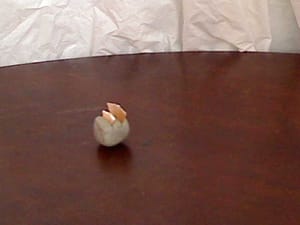
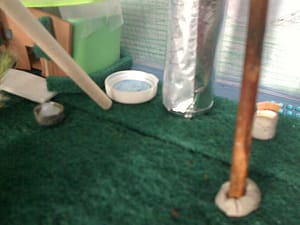
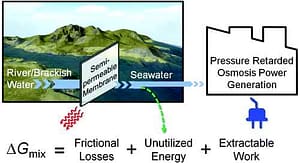
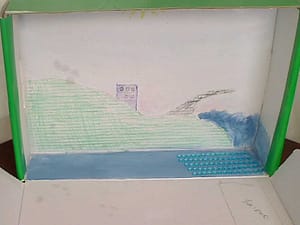
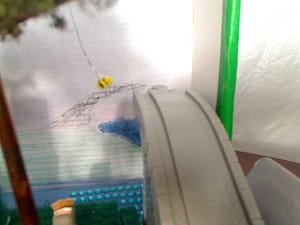

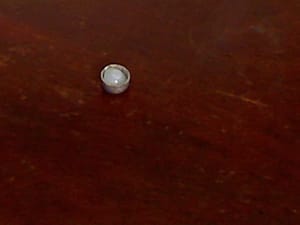



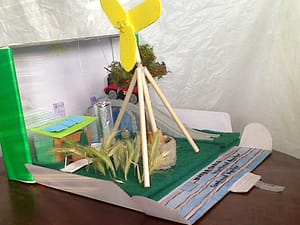
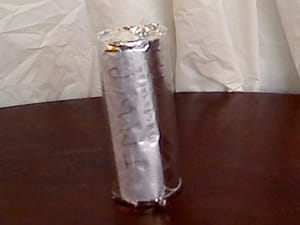

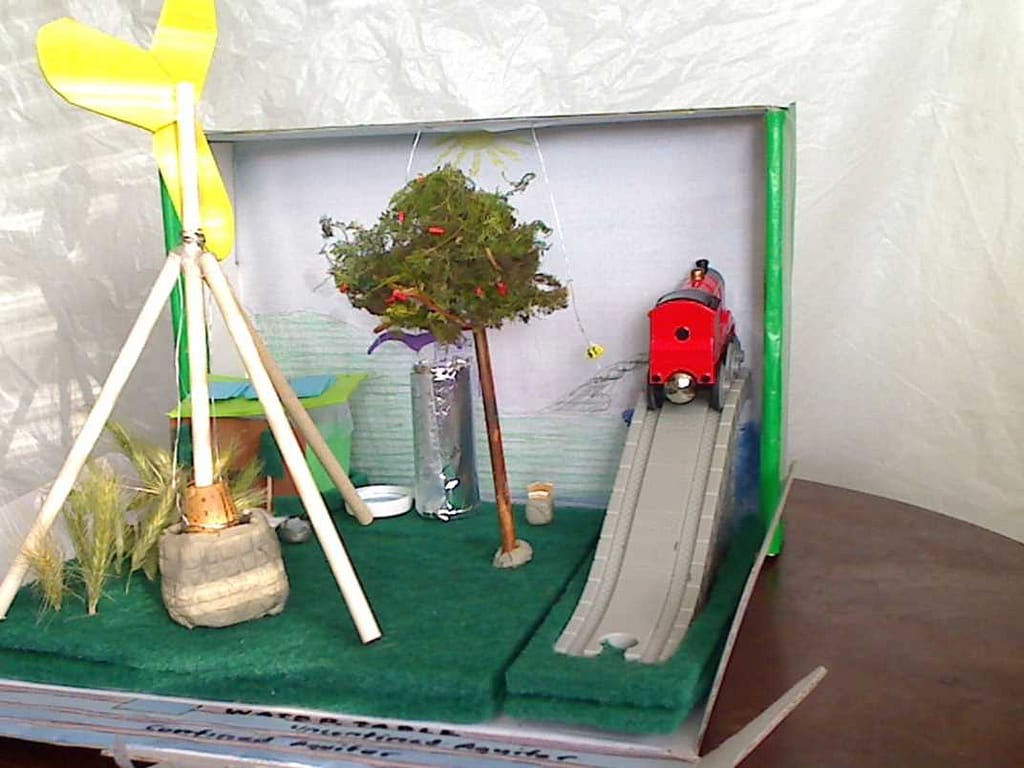
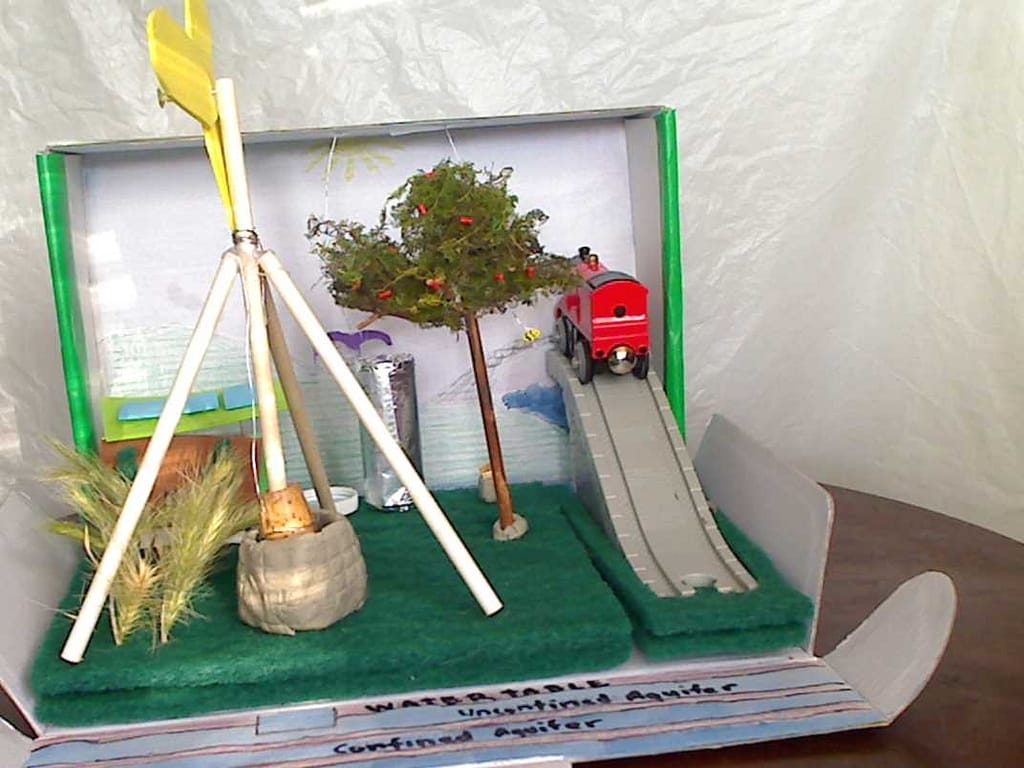
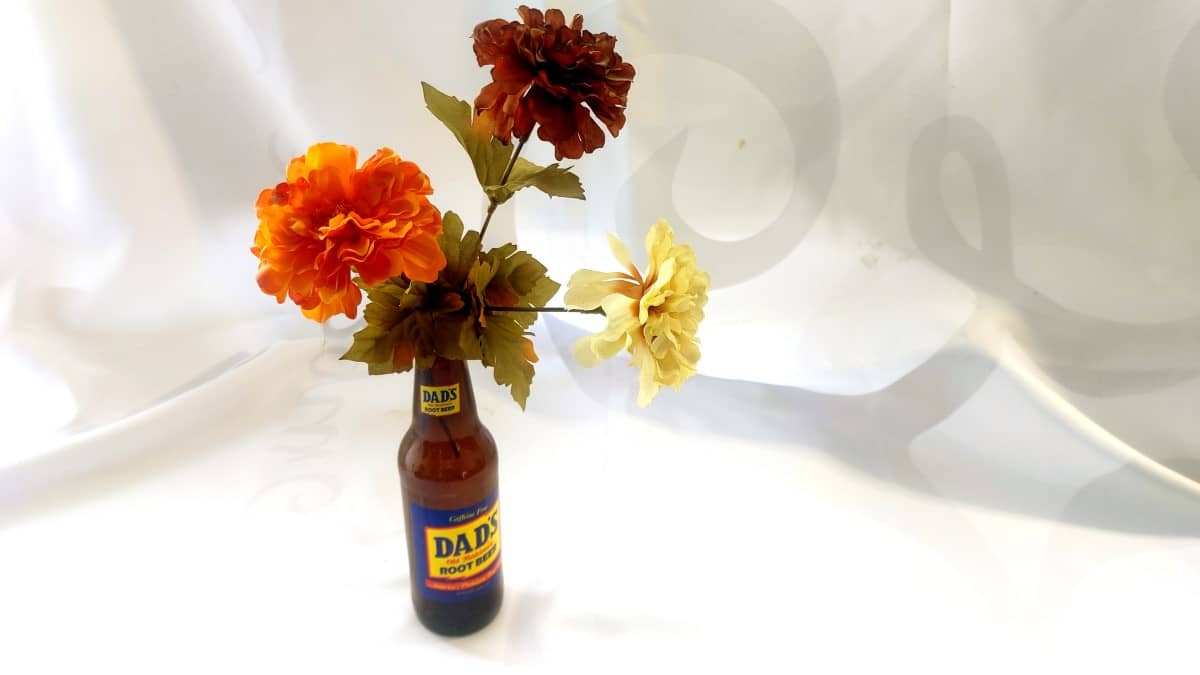
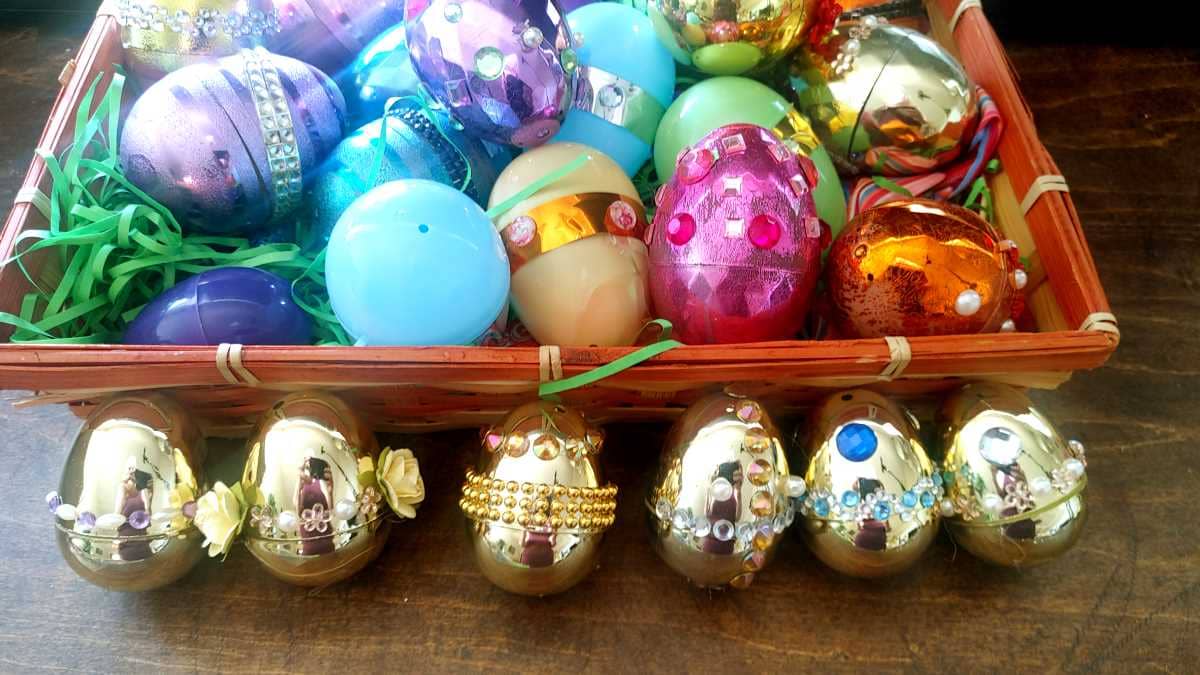
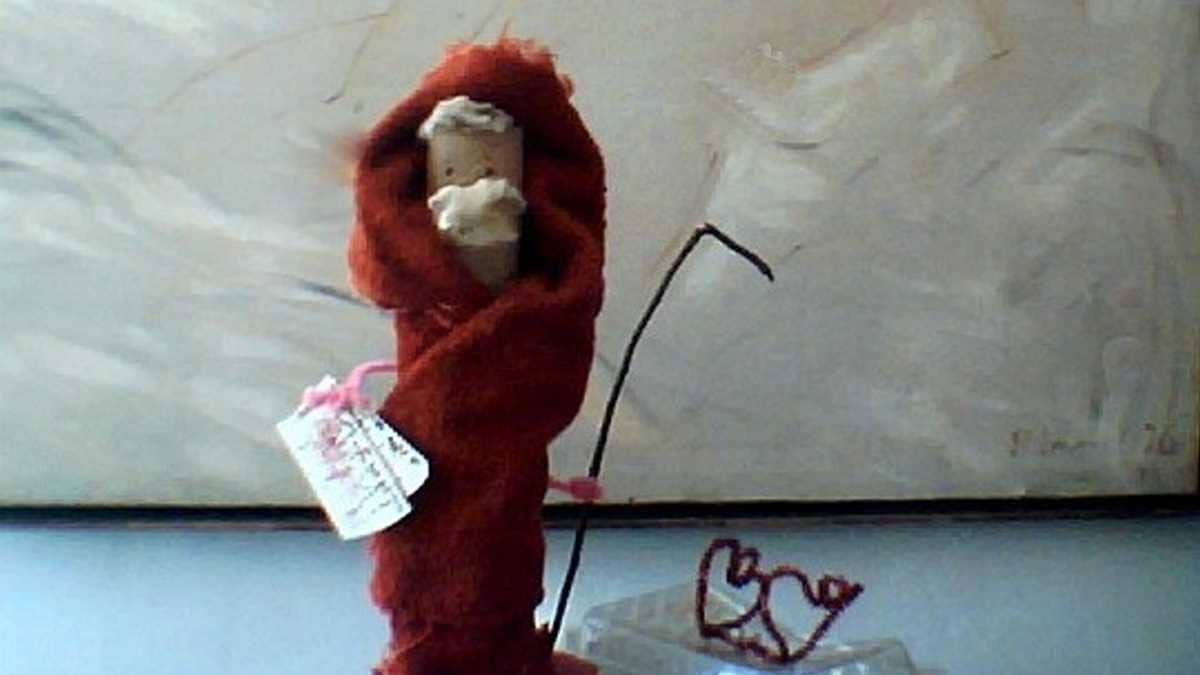
Thanks for the detailed instructions on this. We’re doing something similar at our school, so this was really helpful. I seriously appreciate people like you! Take care!!
Thanks a bunch for sharing this with all folks you really understand what you’re speaking about! Bookmarked.
This website online is mostly a walk-through for the entire information you needed about this and didn’t know who to ask. Glimpse right here, and also you’ll definitely discover it.
It was a fun project to do with my son. Glad I could be of help.
This is just awesome. I wish I could do such stuff when I was younger. Do you have any ideas for kids between ages 3 and 5. Thanks!!
As the society developed, it has undoubtedly done so while trodding over the sustainability of the ecology.
This is a fantastic website.
This is an excellent blog.
It is really an remarkable post! Great job on that diorama. Wonderful ideas.
Thanks for posting these great ideas for dioramas. All the information about renewable energy was great, too.
Glad to see that teachers are making renewable energy a subject for the next generation. Good job on the diorama!